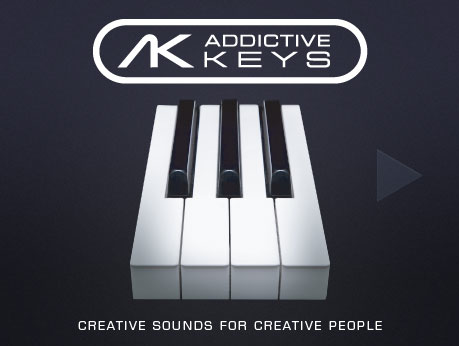

This basic sequence, which always has at least 2 steps, imposes a small time penalty. All MIDI layers (if any) are processed in parallel, then all INST layers, then all AUX layers (if any), then the MASTER FX layer.
Addictive keys vs truepianos pro#
This is what we see all the time in Logic Pro X on the Mac, for example. 10%, but the actual CPU load might be higher, because Unify is flogging all your CPU's cores hard to respond in 10% of each buffer-time. On the other hand, if you're running a lot of plug-ins inside a Unify instance, your DAW might only show e.g. When this fraction gets close to 100%, there is a risk that the buffer will have to get passed over to the audio-output hardware before all processing is complete, so you'll hear crackling. Rather than a true measure of CPU load, they usually indicate what fraction of the available buffer-processing time is left over after the plug-in does its work.
Addictive keys vs truepianos windows#
I use Studio One 4.6 on Windows CPU meters are rarely accurate for multi-threaded plug-ins. Has anyone else tried to perform similar tests and if so, what are the results? (and 50% LESS CPU Load comparing to Kontakt + Kore running the same program). Strangely, NI Kontakt shows 25% LESS CPU load when playing Soaring Strings within the Unify. TruePianos = 12%, TruePianos + Kore = 12%, TruePianos + Unify = 15%.RapturePro = 17%, RapturePro + Kore = 19%, RapturePro + Unify = 21%.



 0 kommentar(er)
0 kommentar(er)
